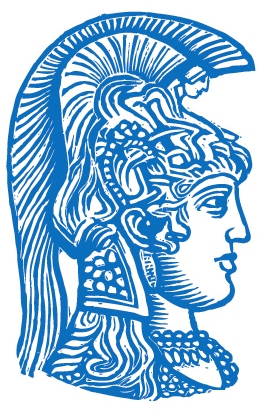 National and Kapodistrian University of Athens
Department of Biology
Biophysics & Bioinformatics Laboratory
National and Kapodistrian University of Athens
Department of Biology
Biophysics & Bioinformatics Laboratory
Protein Information |
|
|---|---|
| Protein Name | Transmembrane protein 53 |
| Accession Code | Q6P2H8 |
| Gene | TMEM53 |
| Organism | Homo sapiens | Human (Taxonomy: 9606) |
| Part of Reference Proteome? | Yes |
| Sequence (Length: 277) |
Description |
Position in the Nuclear Envelope |
|
|---|---|---|
| Location | Location ID | Description |
| Nuclear Envelope | SL-0178 | The nuclear envelope is a membrane system which surrounds the nucleoplasm of eukaryotic cells. It is composed of the nuclear lamina, nuclear pore complexes and two nuclear membranes. The space between the two membranes is called the nuclear intermembrane space. |
| Nuclear Membrane | SL-0182 | The membrane surrounding the nucleus. This term is used when it is not known if the protein is found in or associated with the inner or outer nuclear membrane. |
| Nuclear Outer Membrane | SL-0183 | The outer membrane of the nucleus is the membrane facing the cytoplasm. In mammals, the outer nuclear membrane is continuous in many places with the rough endoplasmic reticulum and is dotted with ribosomes. | Membrane Topology |
| Topology | Source | Annotation Type |
| Transmembrane | UniProt | Sequence Analysis {ECO:0000255} | Assigned Ontology terms |
Description |
|
|---|---|
| Ensures normal bone formation, through the negative regulation of bone morphogenetic protein (BMP) signaling in osteoblast lineage cells by blocking cytoplasm-nucleus translocation of phosphorylated SMAD1/5/9 proteins. {Experimental EvidencePubMed:33824347}. | Assigned Ontology terms |
Description |
|
|---|---|
| Craniotubular dysplasia, Ikegawa type (CTDI) [MIM:619727]: An autosomal recessive, sclerosing bone disorder characterized by proportional or short-limbed short stature in association with macrocephaly, dolichocephaly, or prominent forehead. Radiography shows hyperostosis of the calvaria and skull base, with metadiaphyseal undermodeling of the long tubular bones and mild shortening and diaphyseal broadening of the short tubular bones. Affected individuals experience progressive vision loss in the first decade of life due to optic nerve compression, and deafness may develop in the second decade of life. {Experimental EvidencePubMed:33824347}. Note=The disease is caused by variants affecting the gene represented in this entry. | Database Associations |
| OMIM | 619722 619727 |
| DisGeNET | |
Interactions with other proteins (1 interactors) |
|||
|---|---|---|---|
Database | Links |
| UNIPROT | Q6P2H8 B4DKG0 Q5JPH2 Q6IA07 Q9H6E2 |
| Pfam | PF05705 |
| OMIM | 619722 619727 |